Cinematography Series: The Job & the Idea
Late last year I was contacted by a Director named Grant Sputore. Grant has a production company called The Penguin Empire here in Western Australia and we had worked together on a few projects in the past.
He mentioned he had a job coming up that lined up with my aesthetic and he wondered whether or not I was available/interested in coming on board and DPing the project.
We talked about the project and the brief and after seeing the treatment I liked the idea and where it was going so I agreed and the ball started rolling.
I also knew that with the website I wanted to start documenting how commercials like this get made from a cinematography standpoint. There are lots of great resources for people just starting out in cinematography but there is a vast chasm of nothingness for people looking to step up from low budget music videos or student shorts to commercial work.
So rather than complain about the lack of info I decided to do something about it.
Cinematography Series: The Plan
Over the course of the weeks that followed that conversation with Grant I documented much of what I experienced as a DP. I did my best to remember all the details and information that I always find myself trying to track down when looking up other people’s shoots.
My hope is that you reading this series will take inspiration from it, learn from it, and then share something from your own shoots. I learned by reading online and watching tutorials and the more good stuff that is out there, the more good work will be produced.
Also from a selfish point of view, doing this exercise forced me to really breakdown my process and helped me discover areas where I was being inefficient or wasting resources. Documenting the experience has helped me become a better cinematographer so I am already winning.
Back to the TVC – First Steps
So I knew the client and I had read through the treatment, talked to the director, and studied the brief. Now it was time to start gathering up initial references.
In talking with Grant he mentioned a few key points that I remember jotting down:
#1. Muted – The ad was going to have a sensitive story line and he wanted to try and stay away from big bold colors.
#2. Naturalistic – The lighting had to be cinematic but not overly composed. We wanted the shots to be well composed, well lit, but not over the top “pretty” or “modeled”.
#3. Connection – The 45 second commercial was going to take the viewer across 5 different scenes and 5 different story lines that were seperate but connected. The camera/lighting/colors had to be different but there also had to be a connection to tie everything together.
Cinematography Series: Focusing on the Broad Ideas
At the start of any pre-production process you are working in broad strokes. I like to focus my energy on moods and tones as opposed to specific stuff.
On this job I looked at the notes I had made in my conversation with Grant and also in my initial moments with the treatment.
Questions First
I immediately start to ask myself how I would go about portraying the subjects in a Muted manner.
I ask myself basic questions:
What sort of Camera system/settings can help me achieve this?
What sort of Framing can help me achieve this?
What type of lenses can help me achieve this?
What type of lighting can help me achieve this?
I do this for every broad note that I make and eventually I start to formulate ideas and general pictures in my head. I write down everything I think can help knowing that later on I will go through and filter the results. It is basically a big mind mapping session.
The images are fuzzy but the mood is starting to settle in now. I start to narrow my approach so that when I get to the next phase of my process, Building a Visual Reference Catalogue, I can work more efficiently by focusing my search to the mood or tone I am after.
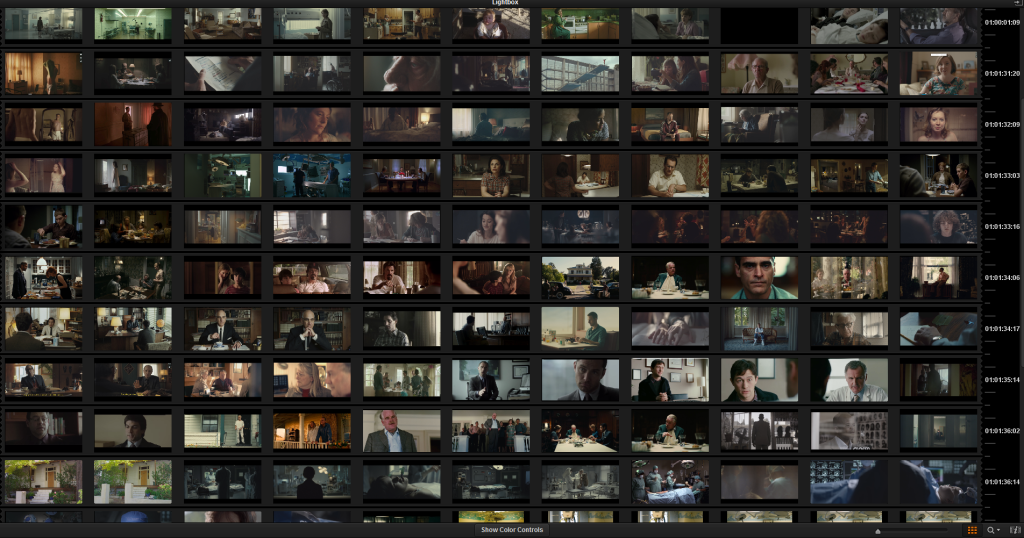
Breaking Down the Treatment
You can’t build looks for a set up if you aren’t sure about the 5 Ws.
Who? What? When? Where? & Why?
I go through the treatment, take down the 5 Ws for each scene and then catalogue them into specific categories.
For this project there were 5 specific scenes:
Scene #1: The Hospital
Who? Patient, Doctor, & Nurses
What? A Surgery
When? Day time
Where? In an operating theatre in a hospital.
Why? The patient is being operated on to remove cancer caused by smoking.
Scene #2: The Doctor’s Office

Who? Husband, Wife, & Doctor
What? A Consultation
When? Day
Where? Interior – Doctor’s Office
Why? The husband is receiving some bad news about his health condition.
Scene #3: The Family Dinner

Who? Mother, Father, & Children
What? A Family Dinner
When? Night
Where? INT – Kitchen/Dining Room
Why? Shows a Mother struggling with her condition.
Scene #4: The Farewell
Who? A Grandfather, Son, & Grandson
What? A Goodbye
When? Day
Where? INT/EXT Family Home
Why? Shows a Grandfather struggling with his condition.
Scene #5: The Bedroom
Who? Young Woman
What? Putting clothes on and preparing for the day.
When? Dawn/Dusk
Where? INT – Bedroom
Why? Show the young woman struggling with her condition.
So for this commercial we had 5 Scenes. 5 different looks, locations, lighting possibilities that had to have some force that tied them together but also a visual uniqueness so that viewers could instantly tell they were seperate.
Armed with this information we can move on to the next step in the process.
Cinematography Series: The Next Step
In Part #2 of the Commercial Cinematography Series we are going to take a lot at constructing a visual lookbook for a project. Some people love it, some hate it.
I go over in detail how I create my reference libraries, what aspects I am looking for, and what I hope to gain from getting all these pieces of inspiration together in one place.
Check out Part #2: Building a Cinematography Reference Library

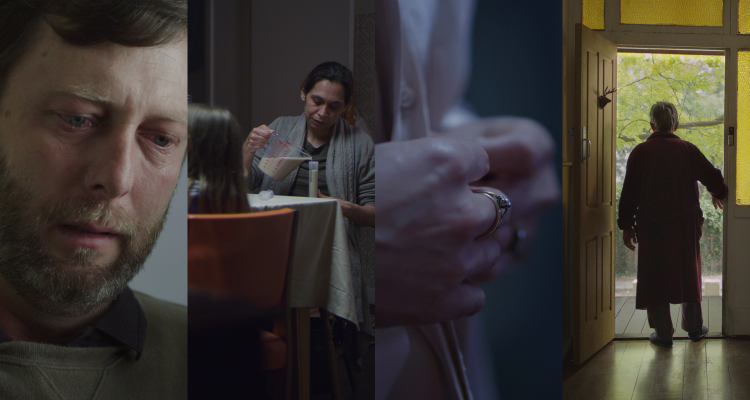
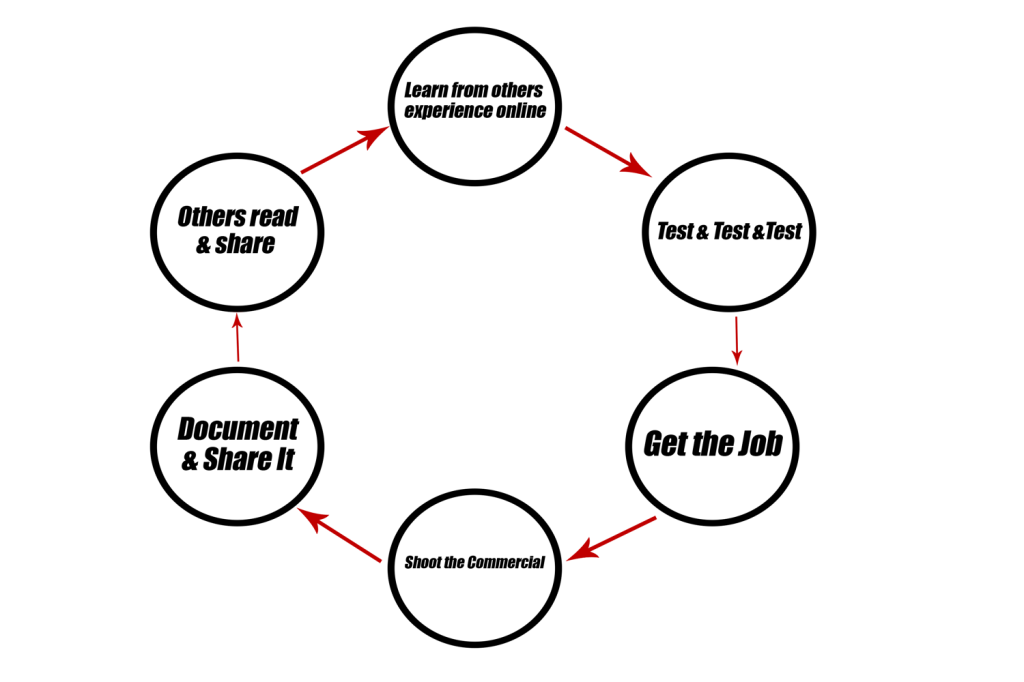

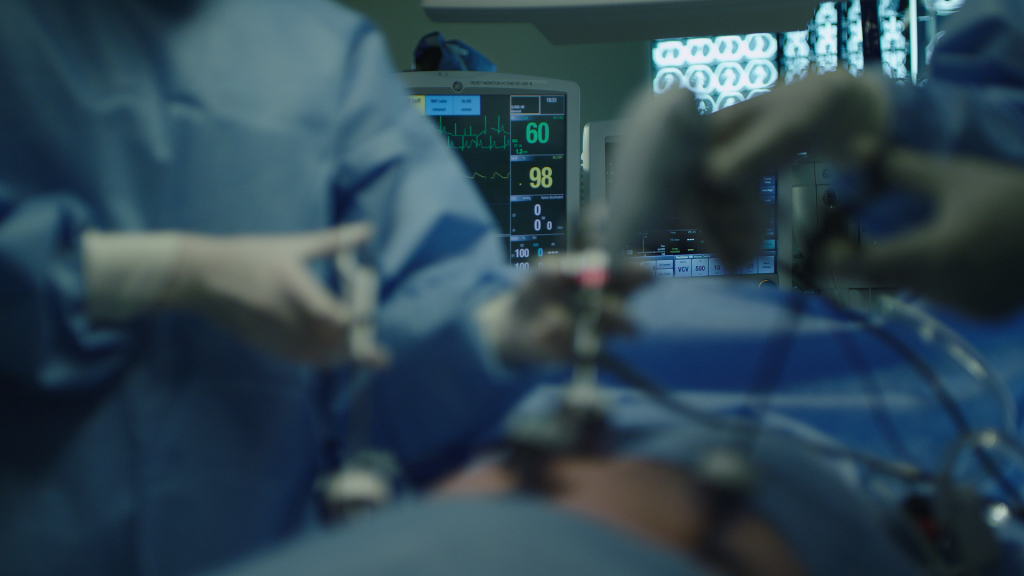
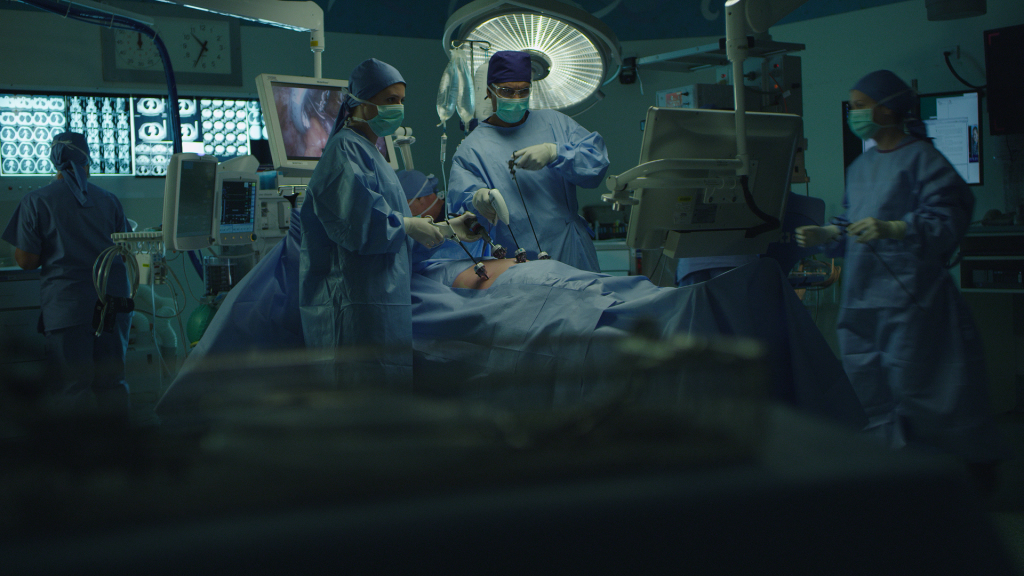
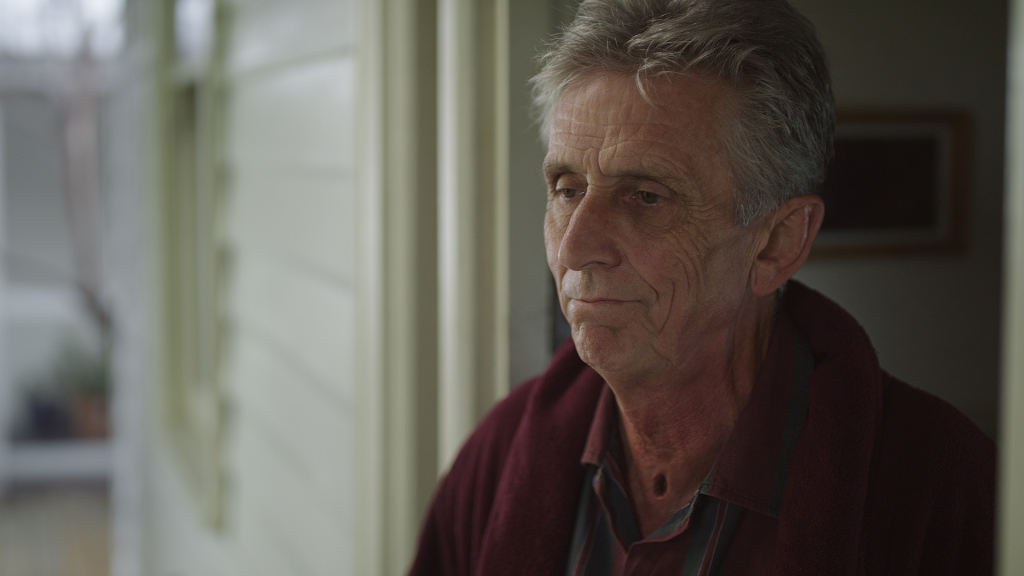

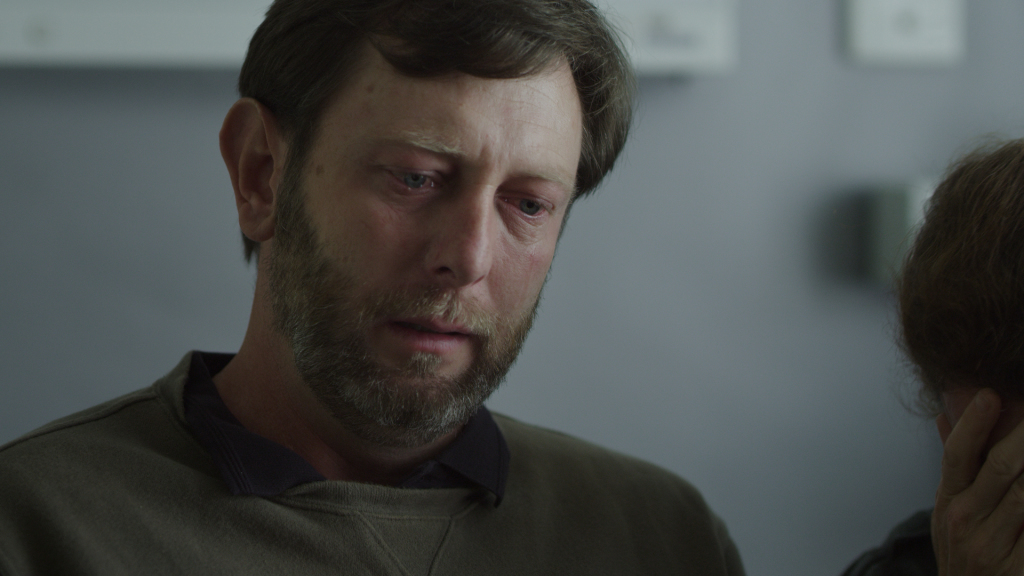
Very informative and clearly written. Thanks for this awesome series!
I’m learning a lot from it.
As an aspiring cinematographer, this website has answered so many burning questions I have been dying to ask; I have been searching both high and low for a clear, informative, and reliable source on the workflow of commercials!! This has become my number one go to site for all things cinema related.
THANK YOU
Thank you, so much . As for starting Director/DP I admire your work and sharing the information.